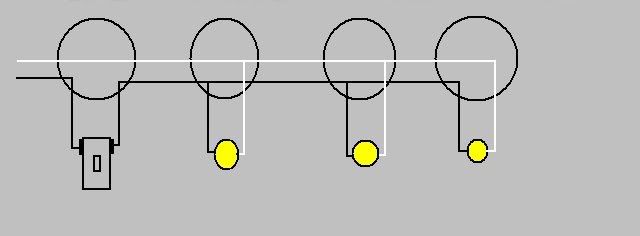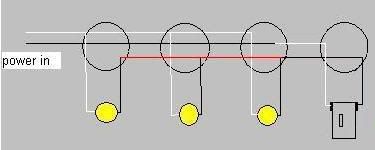Hello, I was wondering how I could wire a switch that could control two lights. My problem is that the power would be closer to the lights instead of the switch. Can I run power to a light then work off of that? Would I need 14/3 which I have some of and I have some 14/2 so no worries there.
Thanks,
Chad
Thanks,
Chad









 : This was lucky.
: This was lucky.